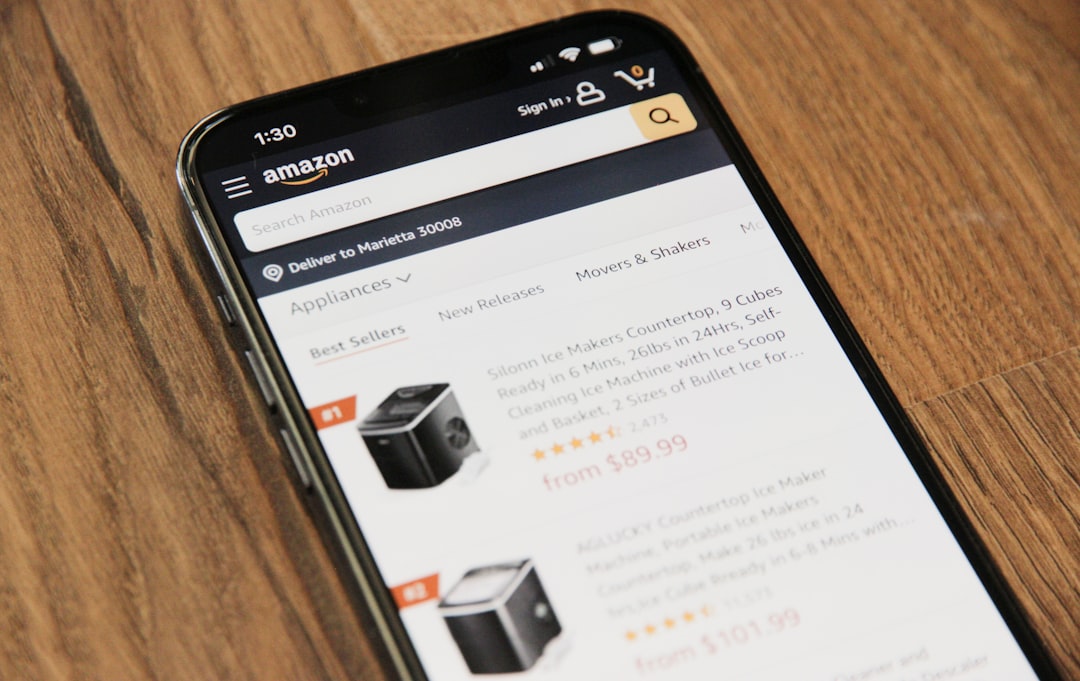In the ever-expanding world of domain management, where security threats and unauthorized access attempts are increasingly sophisticated, choosing the right domain registrar is more important than ever. Cloudflare and GoDaddy are two of the top names in this space, each offering its own set of features for domain locking, two-factor authentication (2FA), and account recovery. If you’re wondering which of these services better safeguards your digital assets, this in-depth comparison will provide the insights you need.
Domain Locking: Layer One of Domain Protection
Domain locking is a fundamental security feature that prevents unauthorized domain transfers. When enabled, this feature stops any attempts to move your domain to another registrar unless it is explicitly unlocked by the registrant.
Cloudflare’s Approach to Domain Locking
Cloudflare offers automated Registrar Lock and takes it one step further by implementing Status Lock on eligible domains, effectively making it extremely difficult for attackers to take control of a domain even if your account is compromised.
- Registrar Lock is standard and automatically enabled.
- Status Lock requires manual approval through Cloudflare support to make any DNS or registry changes, adding another vital barrier.
This dual-layer system is particularly powerful for mission-critical domains, especially those serving high-traffic websites or enterprise applications. Plus, Cloudflare’s advanced locking mechanism does not come with additional costs when managing domains through their system.
 cloudflare, website, security</ai-img]
cloudflare, website, security</ai-img]
GoDaddy’s Domain Locking Capabilities
GoDaddy provides a more conventional form of domain locking, typically known as Registrar Lock. When enabled, this stops unauthorized attempts to transfer a domain out of your GoDaddy account.
- Users can toggle domain lock status directly from the GoDaddy dashboard.
- The lock provides basic protection but lacks additional verification layers like Cloudflare’s Status Lock.
Though effective at blocking unauthorized transfers, GoDaddy’s locking doesn’t match the advanced locking capabilities provided by Cloudflare.
Two-Factor Authentication (2FA): Account Fortress
Enabling 2FA ensures that even if a user’s password is compromised, the attacker still cannot gain access without an additional authentication factor. Both Cloudflare and GoDaddy offer 2FA, but their implementation and flexibility differ.
Cloudflare’s Reliance on Modern 2FA Standards
Cloudflare requires all account holders to enable two-factor authentication. It supports a few different 2FA methods:
- Time-Based One-Time Password (TOTP) via authenticator apps like Google Authenticator or Authy
- Physical security keys using standards like FIDO2 and WebAuthn
- Backup codes for recovery in case your primary method is unavailable
This makes Cloudflare one of the most security-conscious domain registrars. The inclusion of hardware key support can significantly raise the threshold for would-be attackers.
Moreover, Cloudflare makes 2FA non-optional for any account managing domains, which is a step up in overall security culture enforcement compared to many providers.
GoDaddy and 2FA: Plenty of Options, But Less Restrictive
GoDaddy supports a broader range of two-factor authentication options but does not mandate 2FA activation for all users. This flexibility can be a double-edged sword:
- Supports SMS-based 2FA, which is user-friendly but less secure
- Also supports TOTP via Google Authenticator and Authy
- Can be enabled per-device or per-login
The main criticism of GoDaddy’s 2FA setup is that it is not mandatory by default, and many users may forego setting it up entirely. Furthermore, reliance on SMS-based authentication makes it vulnerable to SIM-swapping attacks.
 two factor authentication, mobile security, login screen</ai-img]
two factor authentication, mobile security, login screen</ai-img]
Account and Domain Recovery: What Happens When the Worst Happens?
Even with the best protection measures, things can go wrong—phones are lost, access credentials forgotten, and accounts compromised. In these events, the recovery options offered by the registrar become invaluable.
Cloudflare Recovery Options
Cloudflare offers a detailed recovery process centered around strict identity verification. While it may feel drawn out compared to more user-friendly flows, this provides a higher standard of security. Here’s what you can expect:
- Recovery via backup codes—issued when you first enable 2FA
- If 2FA is lost and no codes are available, an identity verification process must be completed with support
- Manual intervention is often required to unlock the Status Lock
This high-friction process is by design, helping to prevent unauthorized accounts from being reset with stolen data. For users managing valuable assets, this kind of rigor is a plus.
GoDaddy Recovery: Designed with Convenience in Mind
GoDaddy leans toward a more user-friendly but slightly less secure recovery process. In most cases, the user can recover their account through:
- Resetting the password through email verification
- Using backup or trusted devices where 2FA was already established
- Calling support for step-by-step identity verification
While more customer-centric, GoDaddy’s approach may expose users to risks if their email accounts are compromised, a common attack vector in social engineering campaigns.
UI and Security Usability Experience
Usability is a crucial factor. A security feature that’s too complicated to use won’t be used at all or could be implemented incorrectly.
Cloudflare: Technical But Transparent
Cloudflare appeals more to developers and tech-savvy users. The interface is clean, with clearly labeled security settings, but first-time users may need to consult documentation or support. However, it excels in transparency—when a security action takes place, it’s typically logged and notified in real time.
GoDaddy: Accessible to All Audiences
GoDaddy’s UI is more beginner-friendly. Wizards and hints guide users through setup, reducing human error. However, this accessibility sometimes comes at the cost of depth—users may not even be aware of stronger security options hidden behind menus.
 dashboard interface, cloudflare vs godaddy, user interface comparison</ai-img]
dashboard interface, cloudflare vs godaddy, user interface comparison</ai-img]
Conclusion: Choosing the Right Registrar for Your Needs
Both GoDaddy and Cloudflare bring solid security features to the table, but they target different audiences and security priorities.
- Choose Cloudflare if you are technologically fluent, need enterprise-level security, and want a high level of control over your domain locking and 2FA setup. It’s ideal for tech companies, developers, and high-value domain owners.
- Choose GoDaddy if you prioritize ease of use, customer service, and a more guided interface—ideal for small business owners, personal blog managers, or those new to managing web assets.
At the end of the day, it’s not just about which registrar has better features—it’s about which one aligns with your risk profile, expertise level, and business needs. Whatever your decision, the key takeaway is to enable domain locking and 2FA immediately—regardless of platform—to safeguard your digital identity.




